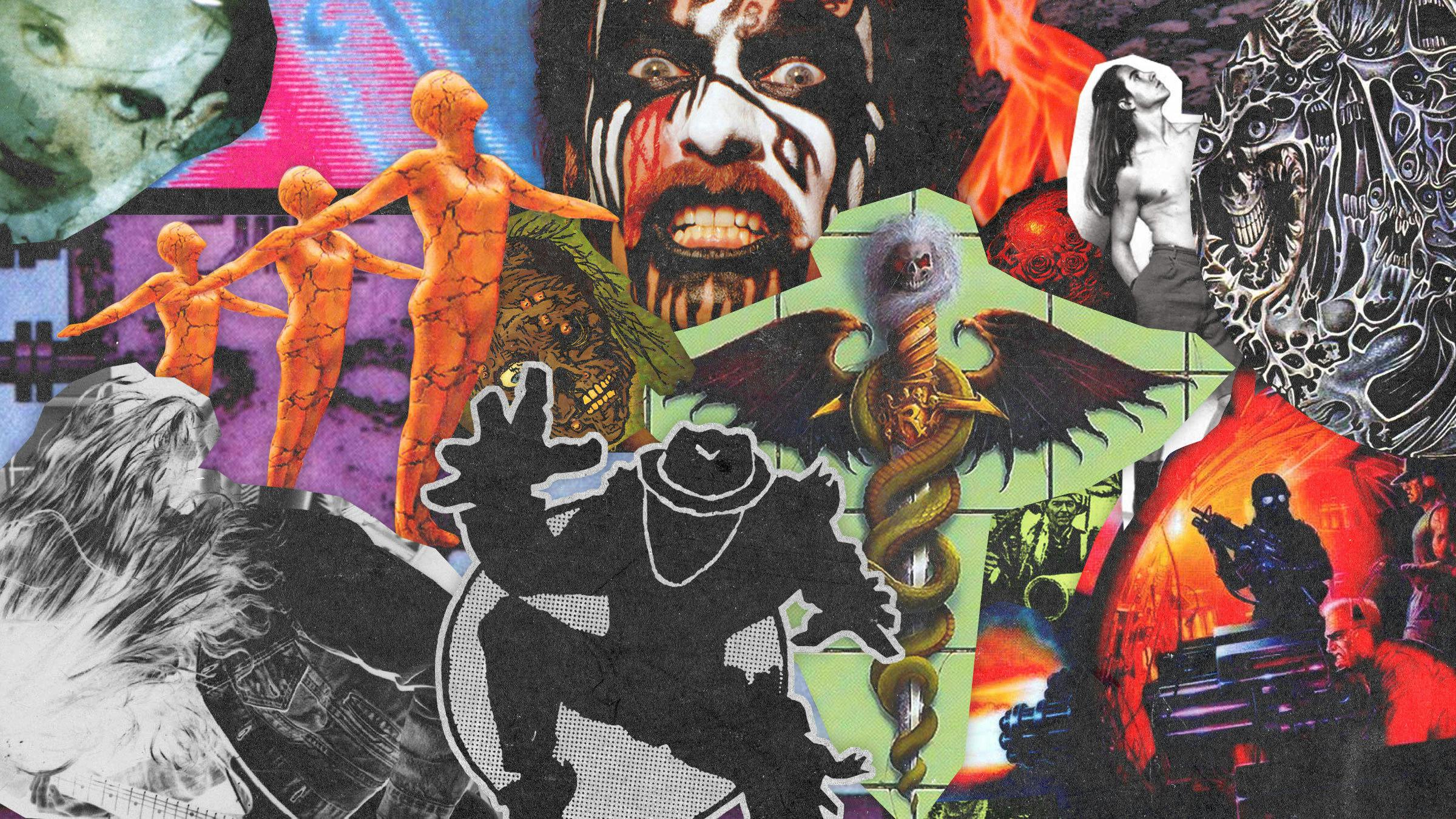It's easy to picture the ’80s as a single unit of neon pink blazers and killer thrash shirts, but the truth is more complicated than one might think. Just as music from the first few years of the ’90s often feels ’80s as all hell, so too are the last years of the ’80s heavily coloured by the changing tides and styles of the oncoming decade. Which explains why 1989 was such a strange year musically: it was the final chunk of a decade with a huge cultural impact, whose true believers were beginning to realise that change was imminent.
But that's also why the music of 1989 is so damned good: it embodies a sense of transition, discomfort, and risk. The albums of ’89 were all about the move from polished edges to rough ones, from easy to challenging. And while that may have been hell on some musical genres (pop and glam rock would have a hard time understanding the angst-drenched ’90s),it was an extremely good year for punk, metal, and hardcore.
Here are the 50 best albums of 1989.
